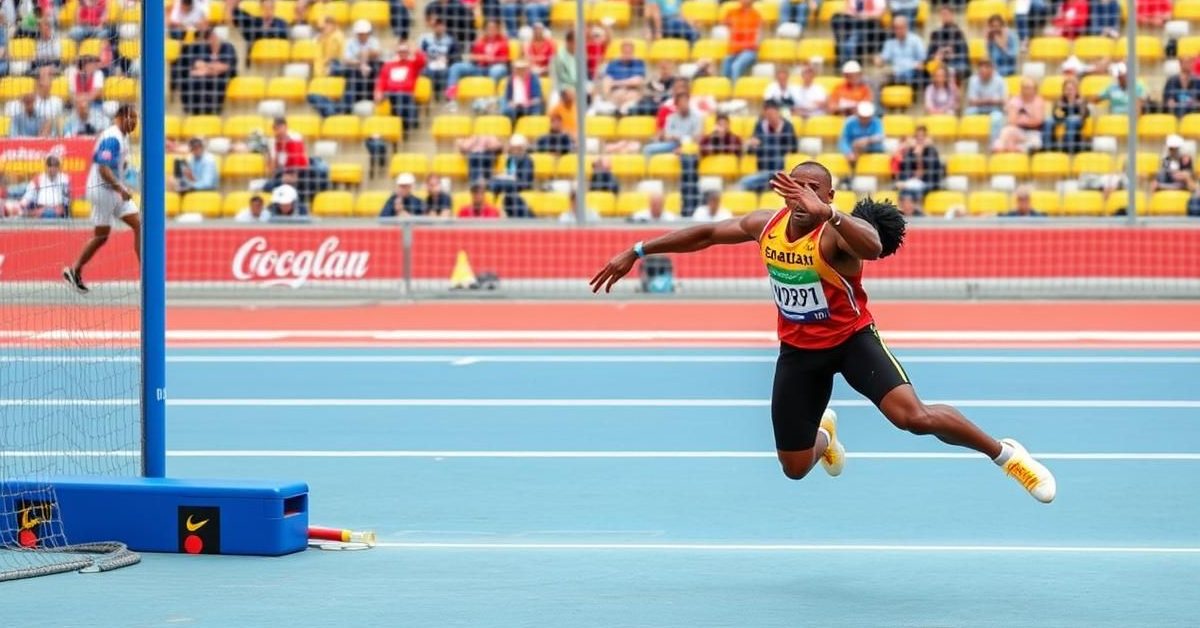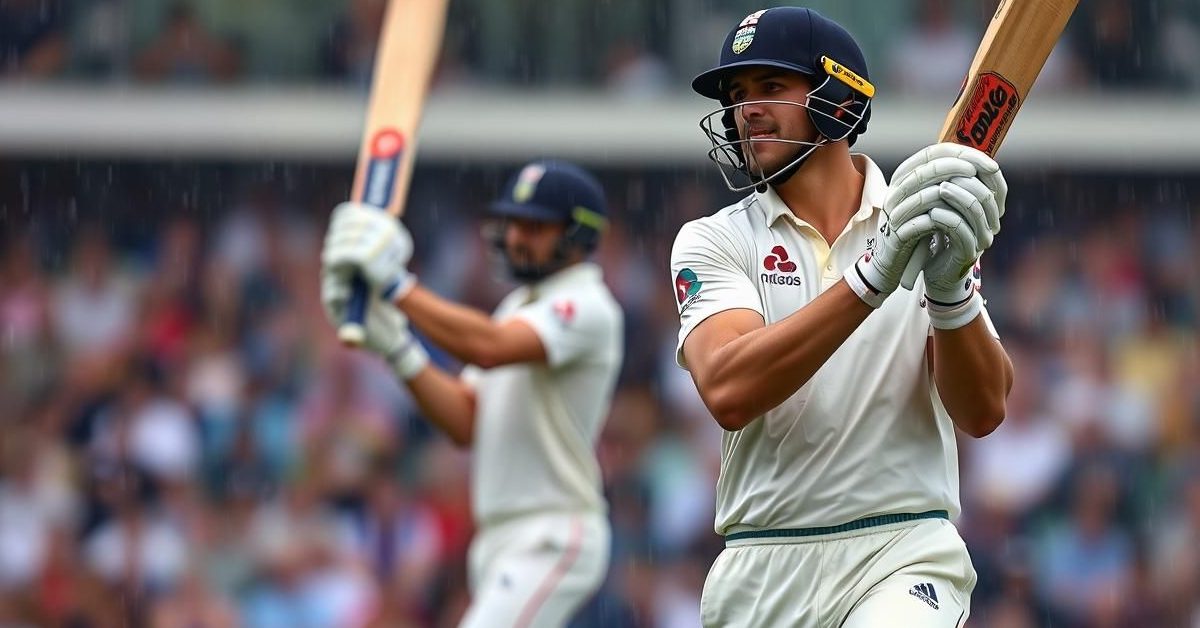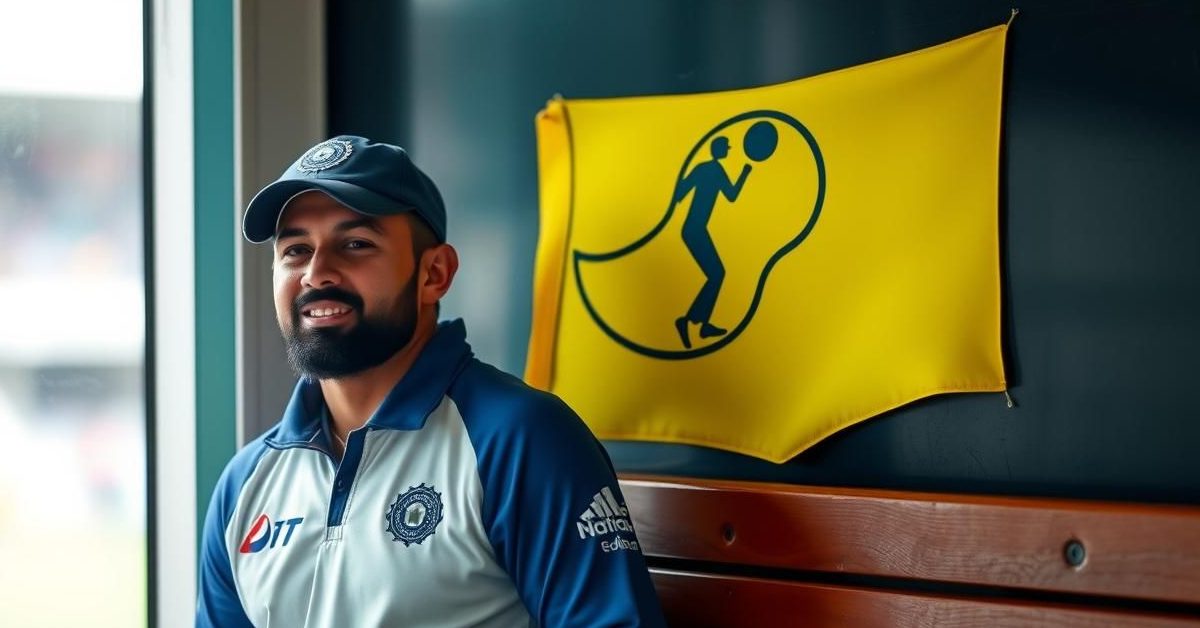Top javelin throwers Thomas Rohler and Julius Yego explain the immense physical and mental toll that throwing beyond 90 meters takes on an athlete’s body.
The Elusive 90-Meter Mark
World champion Neeraj Chopra recently crossed the coveted 90-meter barrier, a significant achievement in javelin. When asked about its impact, Chopra playfully deferred to two veterans of the “90m club”: Kenya’s Julius Yego and Germany’s Thomas Rohler.
Both Yego, the 2015 World Champion, and Rohler, the 2016 Rio Olympics champion, have extensive experience with this elite distance. They shared their insights on why consistently hitting 90 meters is so challenging.
Immense Physical Impact
Thomas Rohler, who has thrown over 90 meters seven times before a back injury sidelined him, highlighted the sheer force involved. He described the impact on the athlete’s “block foot” as equivalent to “one ton of weight,” or a small car.
“This is javelin throwing. It’s not yoga, okay? So it’s really tough,” Rohler emphasized, explaining that athletes need significant rest after such high-impact throws.
Like an Emergency Brake
Julius Yego offered another vivid analogy: throwing 90 meters is like pulling the emergency brake in a car going 100 miles per hour. The sudden stop and release create tremendous internal stress.
Yego explained that the body’s internal reactions to this impact are unpredictable. He noted that athletes “never know what happens inside the body” after such a forceful action.
The Post-90m Slump
Yego shared personal experiences of struggling after his biggest throws. Following his 92.72-meter personal best at the 2015 Beijing World Championships, he found it difficult to repeat big distances. The same happened after his 91.39-meter throw in Birmingham that same year.
“When I went to Beijing, I was even struggling to make the top 8, but luckily that 92 meters was my last chance,” Yego recalled. He added that while training feels good, competition can be different, suggesting athletes “need to go for a service like a car, to energise” after competitions.
Mental Toughness and Expectations
Rohler also pointed out the significant mental challenge of consistently throwing over 90 meters. He stressed the pressure from external expectations, especially when such throws are rare feats.
He urged fans to appreciate every time they witness a 90-meter throw, acknowledging how few athletes worldwide have achieved it. Rohler believes the expectation for athletes to hit 90 meters in every competition is unfair, noting that Olympic gold medals were won with much shorter throws just over a decade ago.
- Throwing 90 meters impacts the body with a force equivalent to a ton of weight.
- The sudden stop and release are comparable to an emergency brake in a fast car.
- Athletes often experience a dip in form or struggle for consistency after a peak 90m throw.
- Achieving 90 meters repeatedly requires immense physical and mental resilience.
Understanding these challenges helps us appreciate the extraordinary effort and talent of javelin throwers like Neeraj Chopra, Thomas Rohler, and Julius Yego.













